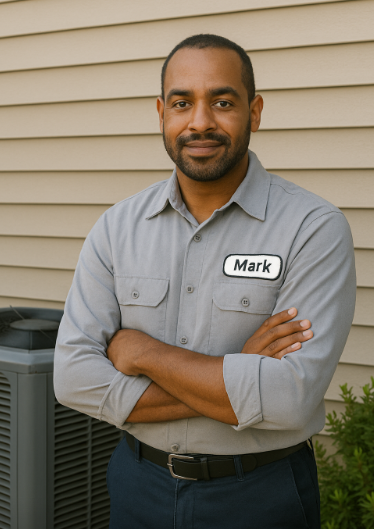When it comes to cooling your home efficiently and affordably, the debate between a 2 ton mini split AC and a split system central air conditioning system often takes center stage. I've worked with everything from tiny ductless setups to full-blown central systems, and I’ve got one message for homeowners: know your space, your budget, and your long-term comfort goals.
If you’re weighing your options between different air conditioner types—split systems included—this guide is for you. I’ll walk you through how two ton split ACs stack up against more robust systems, when they’re a good fit, and when you should step it up with a 3-ton system like the Goodman 3 Ton 14.5 SEER2 R-32 Bundle.
What Is a 2 Ton Mini Split AC?
A 2 ton mini split air conditioner (also known as a 2 ton ductless mini split) typically offers around 24,000 BTUs of cooling power. This setup is ideal for homes up to 1,200 square feet, assuming good insulation and a relatively mild climate.
Unlike central systems, mini splits don’t require ductwork, making them more efficient in some applications and easier to install. If you're retrofitting an older home or adding climate control to a new addition, a two ton mini split AC can be a smart choice.
Still not sure what size you need? Check out this BTU calculator from PickHVAC to help determine the proper tonnage.
How a Split System Central AC Compares
In a split system central air conditioning system, the unit consists of an outdoor condenser and an indoor air handler (or furnace with coil). This type of system is designed for whole-home comfort, with consistent cooling delivered through ductwork.
For homes over 1,500 square feet, a 2 ton split system may feel underpowered. In my experience, that’s when customers begin to experience uneven cooling, overworked compressors, and rising utility bills. That's where a 3 ton central air split system begins to shine.
If you’re unfamiliar with the setup, here's a great visual breakdown by HVAC.com on how split systems work.
2 Ton vs. 3 Ton: When to Scale Up
You might be tempted to stick with a 2 ton split AC unit, but ask yourself these questions:
-
Is your home over 1,400 square feet?
-
Do you have vaulted ceilings, large windows, or poor insulation?
-
Are you trying to cool multiple rooms with one zone?
If you answered yes to any of these, a 3 ton system is likely your best bet. And while two ton split systems have their place, overworking them leads to inefficiency, higher bills, and shorter equipment life.
Want to compare specs between mini splits and central systems? This side-by-side guide from Lennox is worth a read.
The Hybrid Solution: Split Furnace System
Another option that homeowners overlook is the split furnace system, where a central AC condenser pairs with a gas furnace or air handler indoors. These setups are modular and can be customized to meet exact home needs.
If you want cooling with built-in heat for year-round performance, the split system route with a furnace offers maximum value. You also get improved air filtration and humidity control when compared to mini splits.
Why the Goodman 3 Ton 14.5 SEER2 R-32 Bundle Is Worth a Look
For homeowners needing a powerful, efficient solution without paying a premium, the Goodman 3 Ton 14.5 SEER2 R-32 System is the total package.
Here’s what sets it apart:
-
R-32 refrigerant, which is more environmentally friendly than R-410A.
-
14.5 SEER2 efficiency, making it eligible for utility rebates in many states.
-
Compatible with most modern furnace and air handler configurations.
-
Ideal for homes 1,400–2,000 sq. ft. that need reliable, zone-wide cooling.
If you're moving beyond the capabilities of a 2 ton split unit, this 3-ton Goodman bundle is exactly the kind of upgrade worth investing in.
Final Thoughts
When choosing between a 2 ton mini split AC and a central air split system, it all comes down to space, efficiency, and long-term comfort. Mini splits shine in small zones or additions, but if you’re trying to cool a full home, especially one over 1,400 sq. ft., don’t settle for underpowered equipment.
If you're unsure what to choose, talk to a licensed HVAC pro or dive into this Department of Energy guide to home cooling systems.
As always, make the decision that's best for your home’s layout, your energy goals, and your comfort.
—
Mark Callahan
Field HVAC Trainer & Product Consultant







